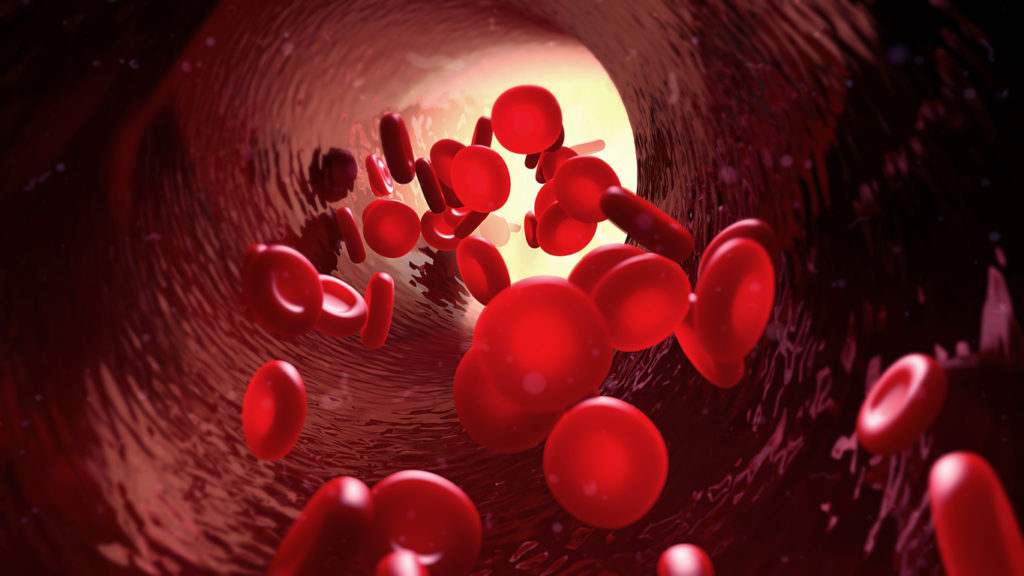To develop a national cord blood bank for siblings of patients with hemoglobinopathies, thalassemia and potentially malignant diseases.
Official Title
Sibling Donor Cord Blood Banking and Transplantation
Conditions
– Blood Disease- Anemia, Sickle Cell- Anemia (Cooley’s)- Leukemia- Bone Marrow Transplantation- Hematopoietic Stem Cell Transplantation
Study Type
Interventional
Study Design
Treatment
Further Details
BACKGROUND: During the past decade, a number of advances have been made in the treatment or patients sickle cell anemia and thalassemia. Among these is allogeneic bone marrow transplantation, the only current treatment that offers the potential for cure. In sickle cell anemia, transplantation has been performed in patients who have had advanced organ damage while in thalassemia, transplantation has been performed before evidence of iron related tissue damage. Due to concerns over engraftment and graft versus host disease (GVHD), transplants for patients with hemoglobinopathies have been limited to situations where an HLA compatible donor exists. Unfortunately, an HLA matched related donor is often not available. Umbilical cord blood, a recently recognized source of hematopoietic stem cells, has been used to successfully transplant over 500 patients. The potential advantages of cord blood over other donor sources of stem cells is related to the observation that even without complete HLA compatibility, the risk of high-grade GVHD is minimal. DESIGN NARRATIVE: The study established a national Sibling Donor Cord Blood (SDCB) Program, evaluated its use in a multi-center pilot study of transplantation, and developed a Web-based data management system to support these two projects. A multi-center pilot study was conducted on cord blood transplantation in children with sickle cell disease or thalassemia. The investigators tested the hypothesis that a novel immunosuppressive conditioning regimen (fludarabine, cyclophosphamide and busulfan) and post transplant therapy (mycophenalate mofetil and cyclosporine) would improve engraftment rates and prevent disease recurrence. The effect of SDCB transplantation on hematologic parameters and GVHD was monitored. Enrollment in the study was suspended on December 29, 2003. The protocol was revised, replacing the previous conditioning regimen of fludarabine, busulfan, and cyclophosphamide with a more conventional regimen of rabbit anti-thymocyte globulin (Sangstat), busulfan, and cyclophosphamide. The revised protocol is open for enrollment.
Study Start
January 1999, completion: August 2005.
Eligibility & Criteria
-Genders Eligible for Study: Both-No eligibility criteria
Total Enrolment
Contact Details
Email: nhlbiinfo@nhlbi.nih.govPlease include a valid return e-mail address in the body of the message. Phone: 301 592 8573 TTY: 240 629 3255 Fax: 301 592 8563 Mail: NHLBI Health Information CenterP.O. Box 30105Bethesda, MD 20824-0105If you are requesting health information, please include a current postal address, since many resources are available only as printed publications.
All content and media on the HealthEngine Blog is created and published online for informational purposes only. It is not intended to be a substitute for professional medical advice and should not be relied on as health or personal advice. Always seek the guidance of your doctor or other qualified health professional with any questions you may have regarding your health or a medical condition. Never disregard the advice of a medical professional, or delay in seeking it because of something you have read on this Website. If you think you may have a medical emergency, call your doctor, go to the nearest hospital emergency department, or call the emergency services immediately.







